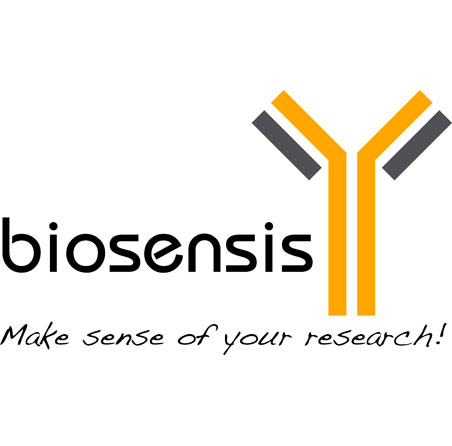Opioid-binding cell adhesion molecule (OBCAM), Rabbit Polyclonal Antibody
Only %1 left
Catalog Number
R-1094
Discontinued
- Product Name Opioid-binding cell adhesion molecule (OBCAM), Rabbit Polyclonal Antibody
- Product Description Rabbit anti-Opioid-binding cell adhesion molecule (OBCAM) Polyclonal Antibody (Unconjugated), suitable for WB, IHC-Frozen, IHC-Paraffin-embedded.
- Alternative Names Opioid-binding protein/cell adhesion molecule; OPCmL; OBCAM;
- Application(s) IHC-Frozen, IHC-Paraffin-embedded, WB
- Antibody Host Rabbit
- Antibody Type Polyclonal
- Specificity The specificity of this antibody has been confirmed by WB and IHC against the antigen. Human; predicted to react with rat and mouse due to sequence homology;
- Species Reactivity Human, Mouse (Predicted), Rat (Predicted)
- Immunogen Description A synthetic peptide (YTCVATNKLGNTNASITLY) corresponding to a region (294-312) from human Opioid-binding cell adhesion molecule. To enhance the immunological response, this peptide was coupled to carrier protein BSA.
- Conjugate Unconjugated
- Purity Description Affinity purified on antigen column
- Regulatory Status For research use only.
Product Info
- Product Description Rabbit anti-Opioid-binding cell adhesion molecule (OBCAM) Polyclonal Antibody (Unconjugated), suitable for WB, IHC-Frozen, IHC-Paraffin-embedded.
- Application(s) IHC-Frozen, IHC-Paraffin-embedded, WB
- Application Details Immunohistochemistry (IHC) and Western Blotting (WB). A concentration of 0.1-0.5 µg/mL is recommended for WB. Human Opioid-binding cell adhesion molecule (precursor) has a predicted length of 345 residues and MW of 38 kDa. A concentration of 0.5-1.0 µg/mL is recommended to detect the protein in formalin fixed and paraffin embedded tissues. Heat mediated antigen retrieval is required. Biosensis recommends optimal dilutions/concentrations should be determined by the end user.
- Target Opioid-binding cell adhesion molecule (OBCAM)
- Specificity The specificity of this antibody has been confirmed by WB and IHC against the antigen. Human; predicted to react with rat and mouse due to sequence homology;
- Target Host Species Human
- Species Reactivity Human, Mouse (Predicted), Rat (Predicted)
- Antibody Host Rabbit
- Antibody Type Polyclonal
- Antibody Isotype IgG
- Conjugate Unconjugated
- Immunogen Description A synthetic peptide (YTCVATNKLGNTNASITLY) corresponding to a region (294-312) from human Opioid-binding cell adhesion molecule. To enhance the immunological response, this peptide was coupled to carrier protein BSA.
- Purity Description Affinity purified on antigen column
- Format Lyophilized with 5 mg BSA, 0.9 mg NaCl, 0.2 mg Na2HPO4, 0.05 mg Thimerosal, 0.05 mg NaN3
- Reconstitution Instructions Spin vial briefly before opening. Reconstitute in 100 µL sterile-filtered, ultrapure water to achieve an antibody concentration of 1 mg/mL. Centrifuge to remove any insoluble material.
- Storage Instructions At least 12 months after purchase at 2-8°C (lyophilized formulations). After reconstitution, aliquot and store at -20°C for a higher stability.Avoid freeze-thaw cycles.
- Batch Number Please see item label.
- Expiration Date 12 months after date of receipt (unopened vial).
- Alternative Names Opioid-binding protein/cell adhesion molecule; OPCmL; OBCAM;
- Uniprot Number Q14982
- Uniprot Number/Name Q14982 (OPCM_HUMAN)
- Scientific Background Opioid-binding protein cell adhesion molecule (OPCmL) is a member of the IgLON family of immunoglobulins (Ig). OPCmL binds opioids in the presence of acidic lipids. Inactivation and loss of function of OPCmL may play a role in epithelial ovarian cancer.
- Shipping Temperature 25°C (ambient)
- UNSPSC CODE 41116161
- Regulatory Status For research use only.

 1800 605-5127
1800 605-5127 +61 (0)8 8352 7711
+61 (0)8 8352 7711
